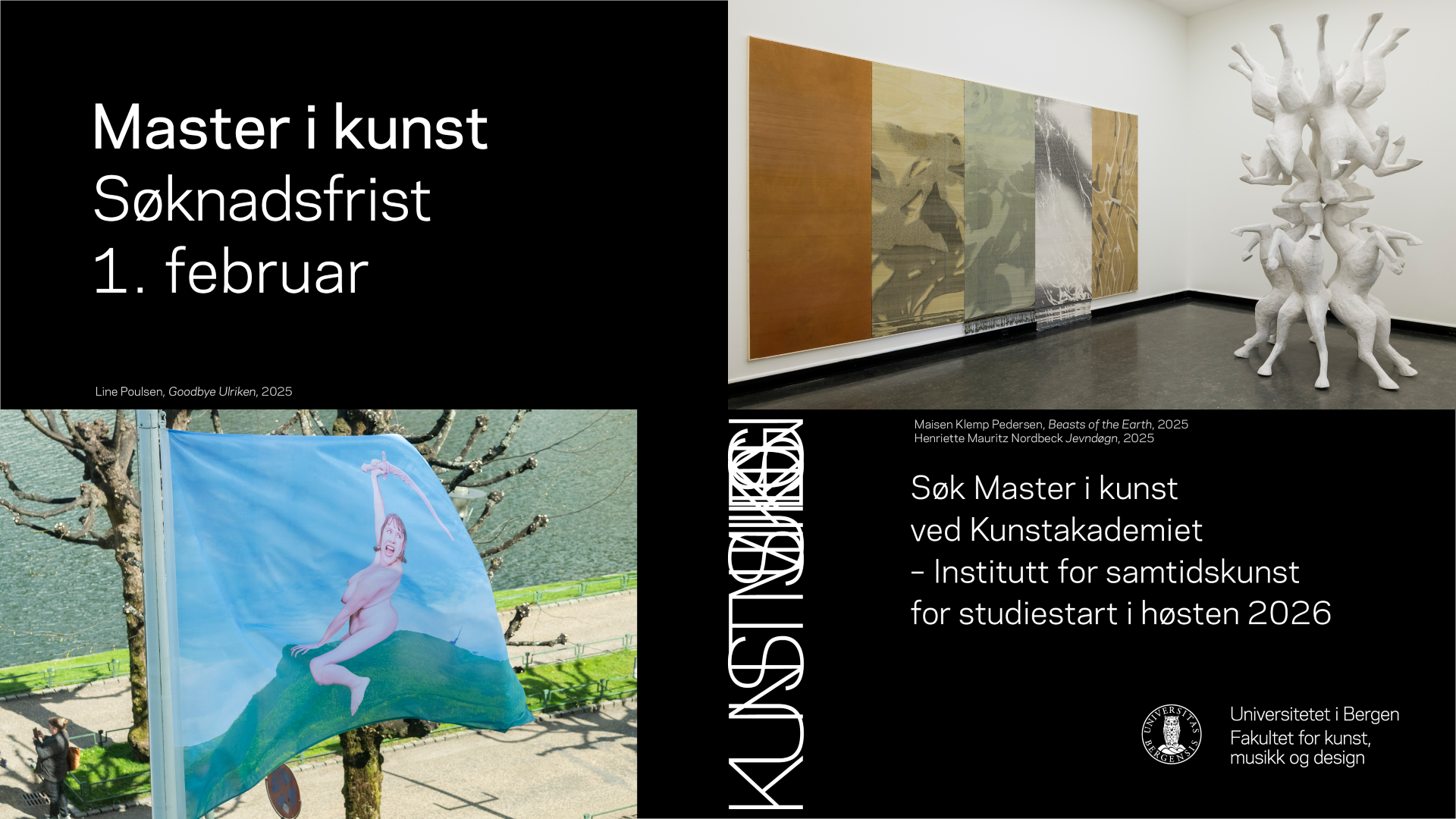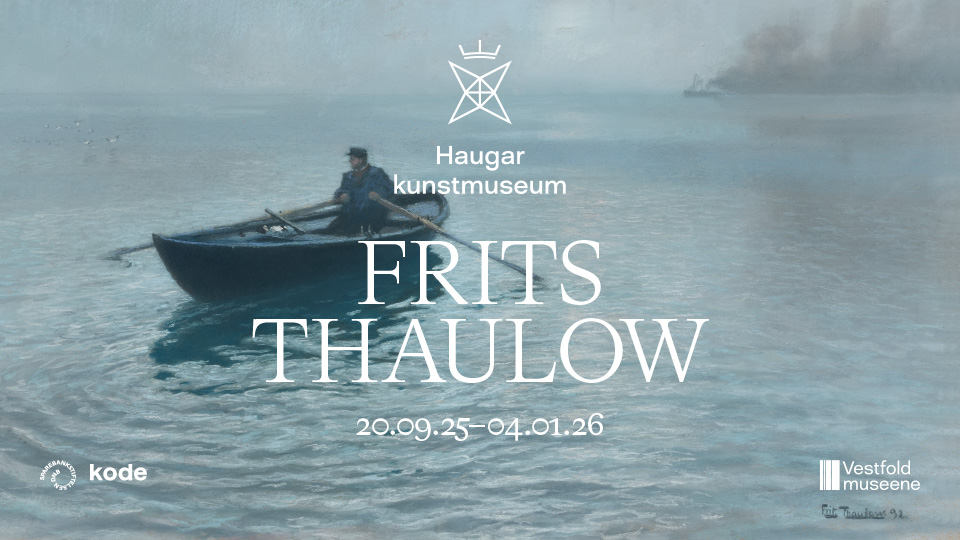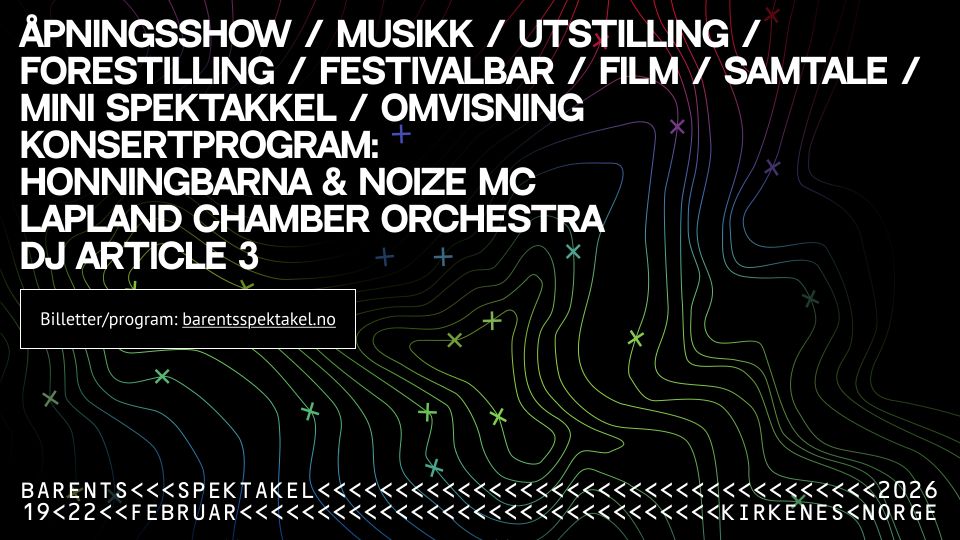
I morgen, fredag 11. november, åpner den tyske kunstneren Michaela Meise sin tredje separatutstilling på Standard (Oslo), Mare Nostrum (som oversatt betyr «vårt hav» og var romernes navn på Middelhavet). Hennes praksis spenner over et variert tilfang av teknikker og materialer, fra film via assemblage til keramisk skulptur. Den forrige utstillingen hennes på Standard (Oslo) i 2013, tilbakelent titulert Recent works, besto av en eklektisk ansamling funnede objekter. Ting som bøker, treikoner og urter balanserte på gamle skålvekter. Sammen med en noen ringformede skulpturer i keramikk var disse plassert utover en diger hvit sokkel. I tillegg inngikk en serie beskjedent proporsjonerte veggarbeider bestående av flatklemt emballasje på grønt akrylglass.
Den skjøre og spredte motivkretsen, og bruken av møbellignende konstruksjoner som støttestrukturer for ansamlinger av uanselig og tilfeldig påsamlet ting og tang, virker gjennomgående om man skummer produksjonen hennes fra de siste årene. Et annet beskrivende nedslag er utstillingen hennes Lachende Steine (leende steiner) på Johann König i Berlin i 2010. Her var en slags bord-tårn i kryssfiner pålimt bilder og tekst klippet ut fra bøker og kataloger, og på integrerte glassbord lå oppslåtte bøker og små skulpturer. Disse tilleggsrekvisittene refererte alle til latter, og påtvang slik det nøytrale objektet en fysisk og affektiv relasjon.

Det oppløste og abstrakte til tross, er altså menneskekroppen en sentral komponent. I et essay om Meise («Character Study», Artforum, november 2010) leser den tyske kritikeren Isabelle Graw arbeidene hennes i lys av det Michael Fried kalte minimalismens «latente antropomorfisme». Parallelt med denne «post-minimalistiske» turneringen av kunstobjektet, omfatter Meises kunstnerskap imidlertid også en mer tradisjonell figurasjon. I 2013-utstillingen på Standard (Oslo) var det for eksempel også med et par keramiske ikon-lignende relieff-portretter. I Mare Nostrum er teknikk og materialtilfang kokt ned og figurasjonen fremtredende: En serie på syv keramiske skulpturer er plassert på filtkledde sokler. Figurene forestiller helgener, inspirert av det senmiddelalderske hagiografiske verket Den gylne legende (ca. 1260), skrevet av den italienske erkebiskopen Jacobus de Voragine.
Kunstkritikk har snakket med Meise om menneskefigurens betydning og utstillingens religiøse og geopolitiske understrømmer. Intervjuet ble gjort på engelsk.
What will you be showing at your upcoming exhibition at Standard (Oslo) and what are some of the themes that you aim to explore with these works?
I will show a series of ceramic sculptures, each representing a saint from Christian culture. This specific group is mentioned in a medieval legend and was allegedly a group of refugees crossing the Mediterranean Sea and stranding in France. I wanted to reactivate this narrative out of obvious similarities to our present time. I am also interested in the function saints have as patrons for purposes and groups, and the topic of prayer and meditation that is connected with the saint figure in Catholic tradition.

Can you describe how the works on display came about – materials, process, execution?
I did research on the diverse stories of each saint (The Golden Legend, Wikipedia, the Bible), especially on how they were depicted in art history, ranging from medieval artists with no name to Piero della Francesca, Diego Velazquez, Greek and Russian icons, to Vincent van Gogh. I got a feeling of what I wanted to use from art history and which symbols I wanted to translate into my contemporary language. For example, I translated Martha’s struggle with a dragon as traces of physical violence; and Martha’s symbolic connection with domestic life is expressed by the macaroon-teatime-pattern of the fabric she is standing on. Her cultural background from Asia Minor is symbolized by the trade of silk production with the attributes of silk worms and mulberry leaves. But in the end, the ceramic figure develops in one go over a span of some hours and sessions. Most aesthetic decisions are taken in the process of forming the clay. After the clay is fired, the glazing takes place. I add up to three thin layers of glaze, through which the colour accumulate.
Your last show with Standard (Oslo) in 2013 comprised, alongside works of a more abstract bent, a couple of ceramic portraits, if I remember correctly. In this exhibition, you work with human subjects exclusively. Can you expand on the role of the human figure in your work?
When I was working mainly abstractly as a sculptor, the human figure was still present through the proportions of my sculptures. Somehow, your body would resonate with them. And additionally I sometimes integrated a photo of a person or someone’s face. When I started to explore ceramics as a sculptural medium, the figurative turned up unexpectedly. It might be that the material clay and its handling evokes memories of touch and leads you into a regressive state. Generally, I can say I am moved by humanity – its history, sociology, diversity, myths.

A central reference for your exhibition is The Golden Legend by Jacobus de Voragine. What is the story of this book? How did it pique your interest and in what way precisely does it inform your works?
I know The Golden Legend not from reading it but through the myths of southern France. I visited the town Saintes-Maries-de-la-Mer several times, as well as the Massif de la Sainte Beaume. I knew the legend of the Christian refugees from these visits. When I did further research I realized that The Golden Legend was a highly influential narrative in medieval Europe, that’s why you find similar stories about the refugee saints on a Magdalene altar in a German town or on Greek orthodox icons. It was a global myth in European medieval Christianity.
Religion has been a moot subject in Western contemporary art for a long time, maybe due to its “pathetic charge”, but it seems to have gained some momentum in recent years. What draws you to it?
First of all religion attracts me for being charged with culture, history and human nature as it unfolds and blossoms through time, with sweet as well as bitter or even rotten fruits. Being a religious person (self-defined leftist liberal Catholic) I only recently allowed myself to integrate it into art production. I don’t know if this is an individual development or a reaction to our time, where society seems to split into secular atheists and radical believers. I never felt home in either position, since I support secularism but still appreciate the possible prosperity and gentleness of spirituality. And I always assumed the same for all religions (understanding that there is violence and insanity, but that it represents the minority in numbers). On the other hand, I think humanity will always be driven by myths, even the most agnostic person. Only the myths have different topics and expressions. This is not to say we all in the end believe the same, not at all, but human thoughts are entangled with images, sounds and emotions, so you can’t fully escape mythology. And that’s no weakness.

The title of your exhibition is Mare Nostrum, the former Roman name for the Mediterranean Sea, which is Latin and means “our ocean”. The title evokes notions of ownership and boundaries, but also the current role of the Mediterranean as a scene of unfathomable human tragedy. How do you relate to or incorporate these larger geopolitical and ethical issues?
I remember when I read an article in the mid-nineties by Cees Nooteboom, describing the Berlin wall (which recently went out of existence) as an archaic border: a physical wall, like from the Roman empire. This thought fascinated me at that time, how backward and archaic! But nothing has changed since. Hungary is erecting a fence, there is a wall between Palestine and Israel, Donald Trump promises a wall on the border to Mexico. And such an archaic border is the Mediterranean Sea, and a deadly one. It is the border of the EU and the border of the Western world, there is no doubt about that. At least that’s how the EU decides it to be.


















